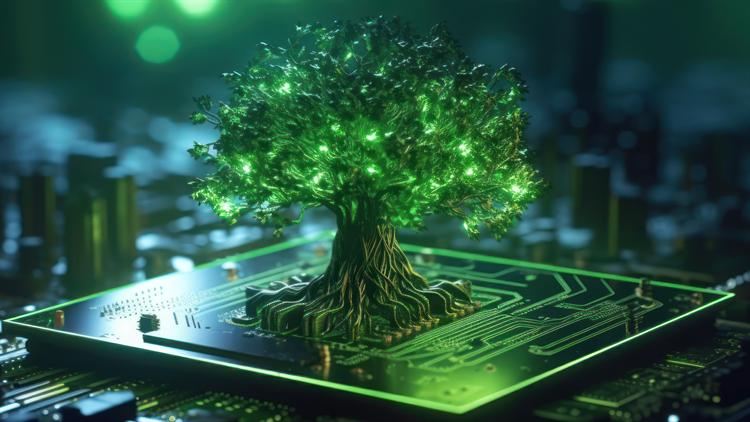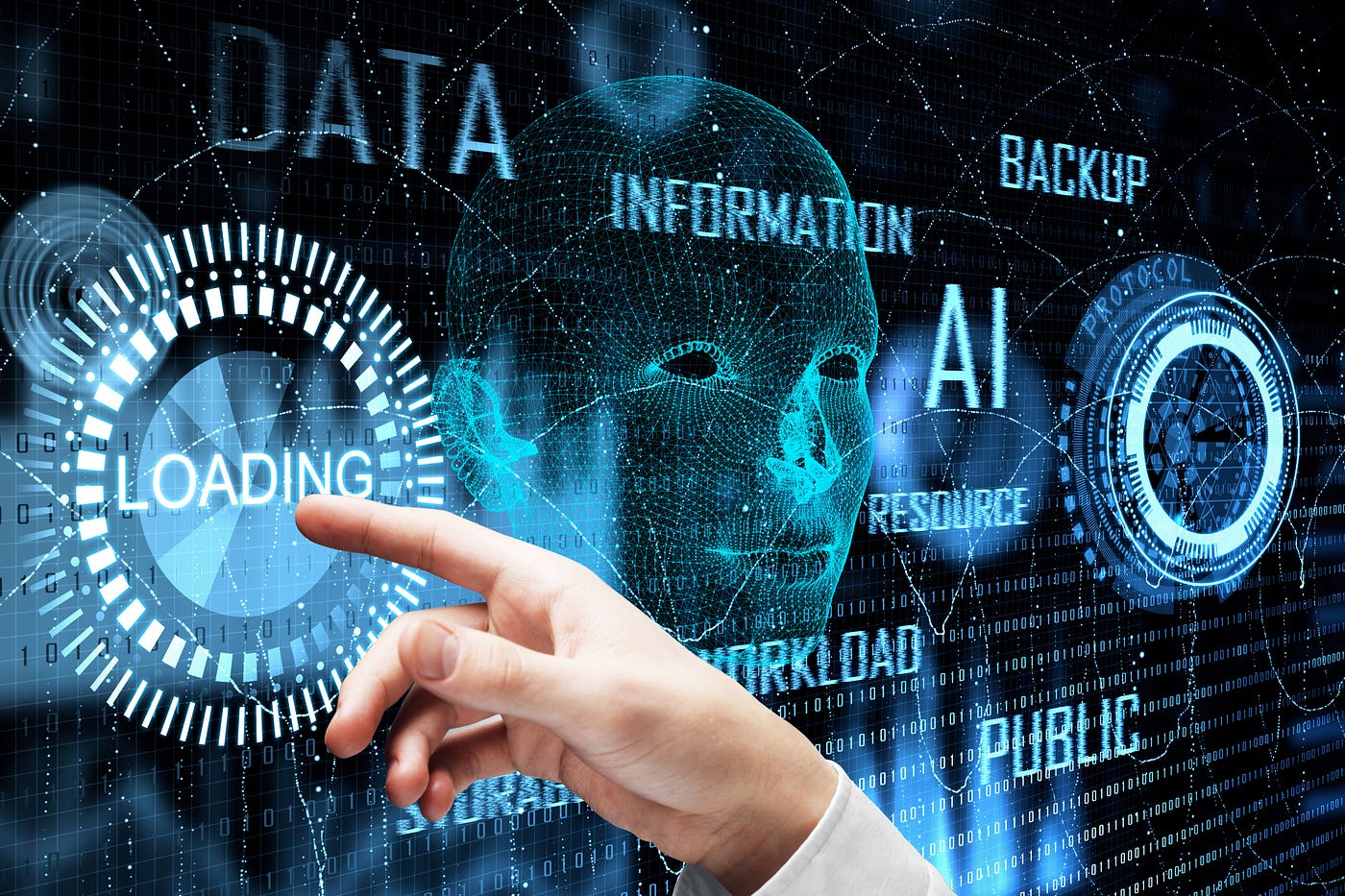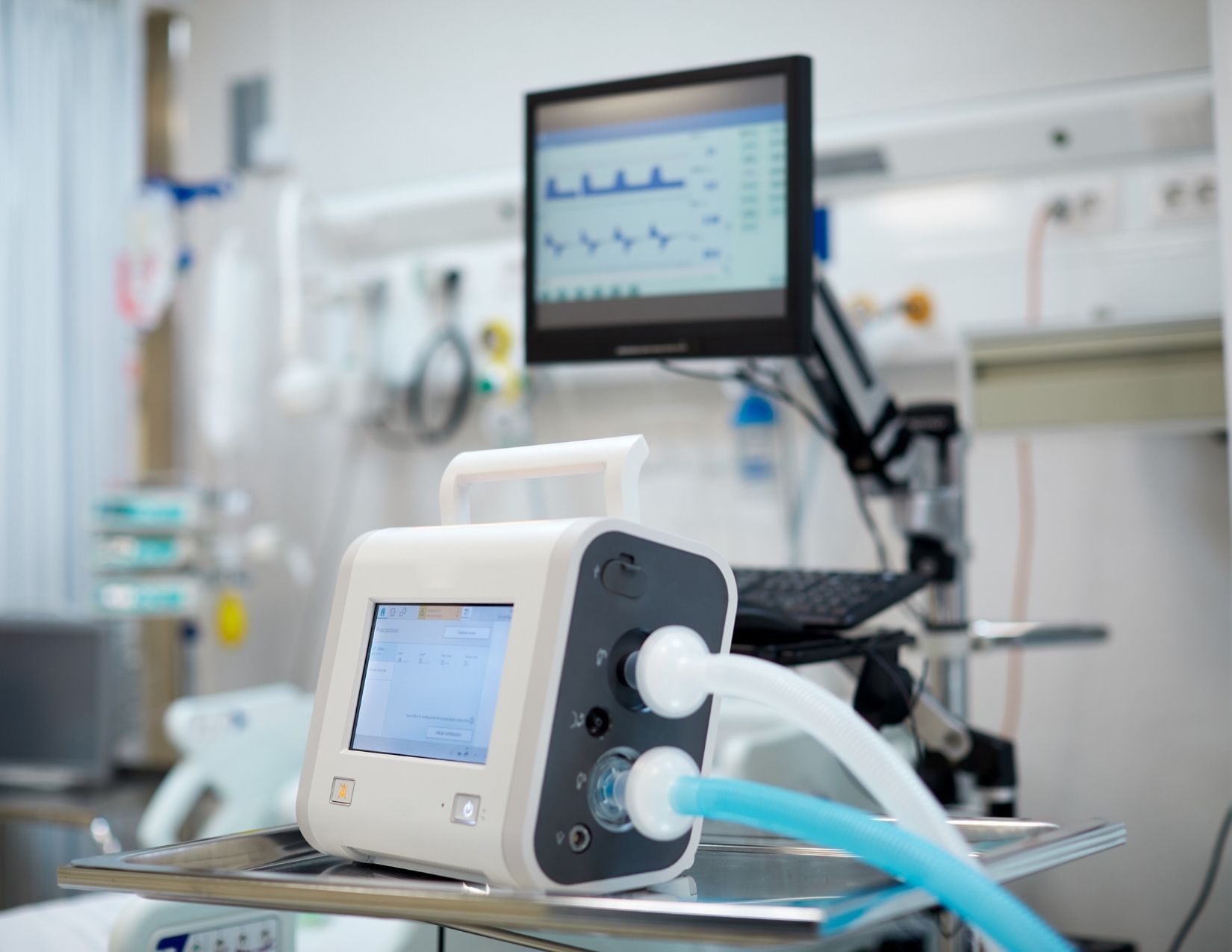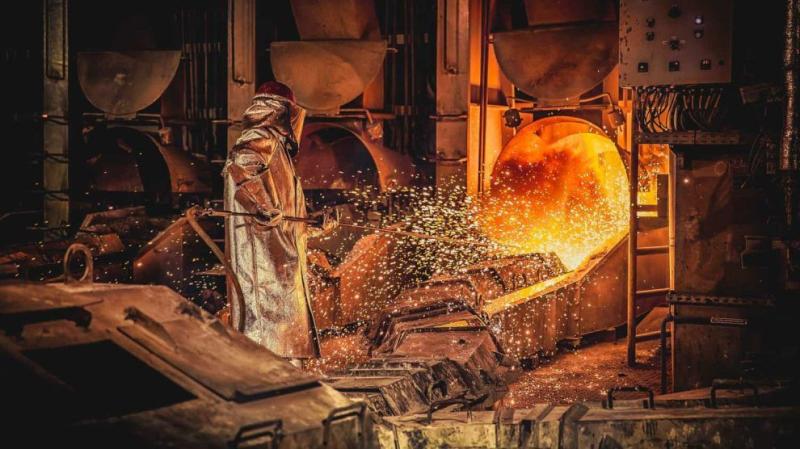
Ongoing technological advancement has made the growth of the electronics and semiconductor industries grow a lot. This has also brought about a change in the way of living and communicating. These massive steps forward, though, have brought environmental problems, including those from growing e waste and very high energy consumption during manufacturing. It now sees the need for change as urgent and is leading a giant move towards sustainability, following in the ideas of the Green Revolution to reduce its impact on the environment and usher in a more responsible time.
1. Current Environmental Challenges
1.1 Escalating Resource Depletion
The rapid growth of the electronics and semiconductor industry demands more and more from limited resources. The constant demand for rare minerals and metals depletes the environment and creates political conflict. This section will look in depth at how resource loss is devastating to ecosystems and indicates the need for sustainable alternatives and responsible resource utilization.
1.2 Soaring Energy Consumption
This sector consumes enormous amounts of energy by manufacturing processes, which is very unfavorable in an environmental perspective. The burning of fossil fuel will contribute to carbon emissions, which in turn speeds up factors of climate change. This section looks into the complex environmental impacts of increased energy consumption and the industry's obligation to adopt energy saving measures and renewable sources.
1.3 Electronic Waste Dilemma
New technology comes at a very worrying rate, which increases electronic waste. With disposable devices and parts, huge problems in waste management are created by dangerous materials leaking into the environment. This section explores the challenges posed by the electronic waste problem, from the development of effective recycling systems and cautious methodologies for disposal to fresh approaches that will help mitigate the crisis caused by growing electronic waste.
2. The Urgency for Sustainability
2.1 Regulatory Winds of Change
Governments around the world are starting to realize that their electronics industry needs to go towards sustainability. The section considers the rules changing and how new policies are guiding the industry to actual product making in an environmentally friendly way. Stricter rules and rewards for sustainability spur manufactures to action.
2.2 Consumer Demand Dynamics
Consumers are changing their preferences and are choosing more eco-friendly options. More people are now aware of environmental issues, which makes them look for products that have less harm to the environment. This section explores changing consumer demand, using market trends that push companies to focus on sustainability while making products, packaging, and business methods.
2.3 Corporate Responsibility
Large companies understand that they have a critical role in making the industry more sustainable. The following section looks at how industry leaders are taking on corporate responsibility, starting green programs, and creating standards for ethical and sustainable practices. The publishing of corporate sustainability reports, promises to be carbon neutral, and spending on eco friendly technologies evidence of the rising power of responsible corporate leadership.
3. Sustainable Materials and Design
3.1 Recycled Revolution
Large changes are coming to the industry in the types of materials it uses, especially with more emphasis on recycled materials. This section discusses how different companies are using recycled plastics, metals, and other parts in their product production. It outlines the economic, environmental, and social benefits of using such materials for production and how this change is impacting the ecology footprint of the industry.
3.2 Bio-Based Breakthroughs
The development and improvement of bio-based parts represent great leaps in the process of sustainable engineering. This section attempts to look into plant based materials in semiconductor design and biomimicry. The industry comes up with new products that decrease environmental damage while being more effective by manufacturing goods made from alternatives other than the usual suspects.
3.3 Innovative Design Practices
New design methodologies are giving a green signal toward the Green Revolution. This section explains how engineers are using eco friendly strategies, such as modular design for easy upgrades and repairs, to extend the life of products. The discussion shows how new design can help in creating a more sustainable future from energy saving buildings to simple, sustainable product designs.
4. Renewable Energy Integration
4.1 Solar-Powered Semiconductor Fabrication
Adopting solar energy in semiconductor fabrication is but a sustainable choice; it's transformative. This section explores the immense potential that rests with solar power, discussing how photovoltaic systems are integrated into semiconductor manufacturing plants. This move not only reduces carbon emission in the industry but also resolves energy reliability and environmental impact concerns.
4.2 Wind Energy Solutions
Utilizing wind energy demonstrates a step toward relying on alternative sources of clean energy. Wind turbines installed near semiconductor manufacturing plants harness the wind to generate electricity. This section takes a look at how this source of energy can develop and function well, showing that the industry uses this natural resource for its increasing need for energy.
4.3 Fossil Fuel Reduction Strategies
The industry is working relentlessly to shift towards renewable sources of energy by devising plans that would help decrease dependence on fossil fuels. This section looks at different ways to improve energy use in manufacturing and to invest in better energy storage solutions. These plans contribute to environmental protection and allow one to cut costs in the long term.
5. Circular Economy Practices
5.1 Extending Product Lifecycles
Design for longevity is one of the essential strategies to deal with electronic waste. This section discusses modular, upgradable, and repairable design. In order to make products that can support new technologies and shifting user needs, the industry is at work to reduce the frequency of replacement of products, thereby following a more sustainable and responsible use of consumer electronics.
5.2 Efficient Recycling Systems
Good recycling systems are very crucial in handling electronic waste. This section highlights the most recent technologies and methods in recycling and how an industry is co operating with its partners in recycling to ensure that electronic products are disposed of properly. Good recycling systems help reduce the impact of environmental damage and make it easier to recover valuable materials that can be reused.
5.3 Sustainable Supply Chain Management
Application of circular practices in supply chain management heralds holistic sustainability. This section explores the ways in which the industry promotes the responsible sourcing of raw materials, ethical production processes, and green distribution and logistics for the products. A sustainable supply chain ensures that the entire lifecycle of electronics products create and dispose follows the core concept of a circular economy.
6. Conclusion
In sum, the Green Revolution in electronic and semiconductor manufacturing is a sophisticated approach to e waste problems. It encourages the use of sustainable materials and design, efficiency of energy use, and dealing with changing regulations. As the industry embraces these changes, it brings a new era of ecosystem awareness and sustainability towards technology development and production.
Trending Posts

Global Silver Nanoparticles Market
The global silver nanoparticles market was valued at $2.08 billion in 2020, and is projected to reach $4.1 billion by 2027, growing at a CAGR of ~17%

LNG Bunkering – Here is something you must know!
In the current scenario of growing pollution, companies are trying to adapt more and more sustainable approach that not only gives eco-friendly result

The Basic Pension Comes - Federal Cabinet Decides On the Pension Supplement
Financial security in old age is an issue that is causing stomach pains for more and more people in Germany. Low-wage earners fear the elderly. The ba

The Future of Artificial Intelligence
In recent years, the field of artificial intelligence (AI) has witnessed unprecedented growth and transformative advancements. As AI technologies

Sailing into the future with Autonomous Ships
Autonomous Vehicles (AVs) are the uproar of this era. After airways, thanks to the companies like Tesla, that people are now getting used to see drive

Rising Demand For Uninterrupted Power Supply Is Expected To Drive The Power Rental Market
Todays world is totally reliant on electric power. There are many things which are not manageable without electricity. Power rental is a concept where

Rapidly growing IT industry coupled with the trend of bringing your own device (BYOD) is expected to provide new opportunities for growth of Cloud Collaboration
Cloud collaboration is the process of sharing and co-authoring the computer-based work through cloud technology

Factcheck on UV Disinfection for COVID-19
Many regulatory authorities and bodies believe that UV disinfection technologies can play a role in a multiple barrier approach to reducing the transm

The Global Ventilator Market Grows at a CAGR of 7.75 %
The Global Ventilator Market, which was at $688 million in the year 2016, is about to double by the year 2025, and reach a value of $1,347 million. Th

Vaccination: Vaccination Against Measles is Now Mandatory in Germany
The subject of compulsory vaccination has always heated peoples minds and caused emotionally charged discussions. The latest law in this area - the ob
Recent Posts

Growth and Future Trends of the Global In-Line UV-Vis Spectroscopy Market
In-line UV-Vis spectroscopy is a powerful analytical tool widely adopted in various industries for real-time monitoring of chemical and biological processes. This market is experiencing robust growth due to its applications in pharmaceutical.

Understanding the Growth Dynamics of the Premium Luggage Market
The market for premium luggage has grown massively over the years. This is attributed to several factors, including a change in consumer preference, increase in disposable incomes, and an overall rise in international travel.

Global Potassium Sorbate Market: Growth and Forecast
The Global Potassium Sorbate Market has gained significant traction due to the rising demand for preservatives across various industries, especially in food and beverages. Potassium sorbate, a salt of sorbic acid.

Global Venturi Masks Market Growth and Forecast
Venturi masks, also known as air-entrainment masks, play a crucial role in delivering a precise oxygen concentration to patients, particularly those suffering from chronic respiratory conditions such as COPD (Chronic Obstructive Pulmonary Disease).

Global Venous Thromboembolism (VTE) Therapeutics Market: Overview, Growth, and Forecast
Venous thromboembolism (VTE) is a critical medical condition including deep vein thrombosis and pulmonary embolism. In fact, it is one of the preventable causes of death in the hospital environment. It has experienced a substantial upsurge.

Global Vein Illumination Device Market: Growth and Forecast
The global vein illumination device market is experiencing significant growth, Due to a growing demand for minimally invasive procedures and an increase in chronic diseases, not to mention development in medical technology.

Global Vasculitis Treatment Market: Growth and Forecast
Vasculitis represents a group of disorders involving inflammation of blood vessels. It can affect parts of the body such as the skin, kidneys, lungs, and joints, and without proper treatment it may cause severe morbidity.

Global Fired Heaters Market: Growth and Forecast
The global market for fired heaters is growing at a rapid pace due to increased demand from major industries such as the oil & gas, chemical, and petrochemical sectors. Fired heaters are among the most crucial components of process heating systems.

Global Gas Flares Market Growth and Forecast
The growth in oil and gas production, environmental regulations, and a need for an effective waste gas management system are driving the global gas flares market. Gas flares are a crucial equipment in the oil and gas industry.

Global Steam Reformers Market: Growth, Trends, and Forecast
The steam reformers market is witnessing significant growth due to increased demand for hydrogen in industries like chemicals, refining, and fertilizers.
